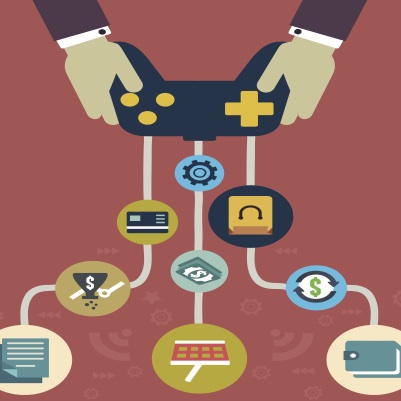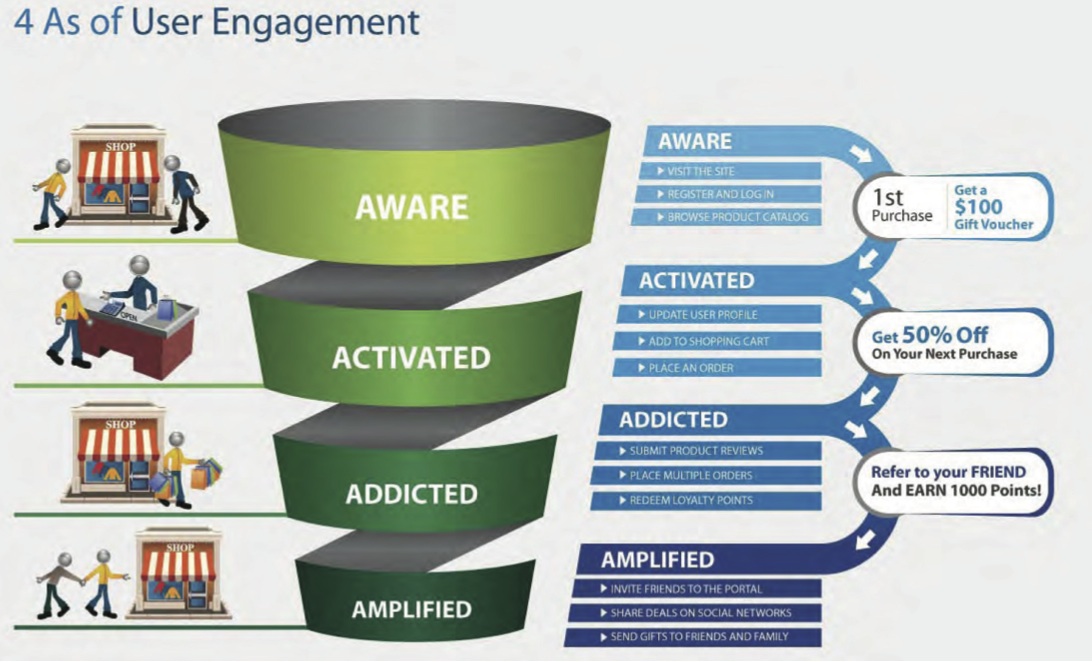 An industry CEO offers an overview— and lessons learned from the front lines.
An industry CEO offers an overview— and lessons learned from the front lines.
By Siddhesh Bhobe
Interest in gamification has accelerated in the past six months. While enterprise-wide large-scale deployments are still hard to come by, gamified applications increasingly are being seriously evaluated for their ability to engage and get more productivity out of employees, replacing traditional notions of employee appraisals, rewards and recognition, knowledge sharing, and learning.
Here’s one surprising development: The most innovative uses of gamification are occurring in industries that you would expect to be slow at adoption—pharmaceutical and manufacturing. Here gamification is being used for enlivening and strengthening processes around audits, regulatory compliance, and promotion of best practices.
Onboarding and learning are other key drivers fueling this trend. Organizations are looking to enrich employee training methodologies. From culture and voice training in call centers, to role-play games for senior project managers and customer service reps, gamification engages learners by creating memorable experiences. Starting with employee training is perhaps the best way to introduce gamification to a skeptical organization, because it does not entail a major shift in organization-wide policies, as would be required, for example, if you tried to change the way appraisals are conducted.
For most organizations, gamification has primarily been about implementing a reward-points system coupled with leaderboards and badges in order to drive engagement within a closed user group. In our journey, we have quickly realized that such a points-based economy serves admirably for a few weeks until the novelty wears off. Then the incremental gains start to drop off drastically.
So what are some simple ground rules that should significantly improve the chances of success in your gamification endeavors?
The 4A Model of Engagement For Employees
The most basic tenet of gamification is the levels of engagement. The 4A model—aware, active, addicted,
and amplified—is well understood in the context of retail and eCommerce, and should form the core of your user engagement strategy for any application, workflow, or portal that works with real people. Unless you measure the engagement scores of your employees, on an individual basis and in real time, and emit the right signals, your initiative is unlikely to connect with your employees, who will quickly drop off in pursuit of something else.
For example, when I land on any eCommerce site through a Google ad, I am only an “aware” customer, and at this point, the site needs to let me consume. Blanking out the site and requiring me to login to Facebook is the online version of demanding that I swipe my credit card on the billing counter before I am allowed to browse the merchandise in the store. So it’s no wonder that 98 percent of customers are dropping off without buying anything—and in many cases, without even bothering to window shop on the portal!
It is easy to understand why most gamification initiatives fail. If you launch a gamified knowledge management portal, and expect employees to start contributing without a chance to do some “window shopping,” it should then be no surprise that they leave, and never come back.
What if your gamification solution could actually track
your employees’ behavior and engagement levels with
the company, and emit the right signals, thereby pushing employees toward behavior that reinforces their strengths or addresses their weaknesses? Using innovative engagement analytics against past behavior, comparisons to industry benchmarks, and a big data store, organizations can understand what motivates and drives their employees, and guide them toward actions that create high-performance team members based on their unique level of engagement and skillset.
For example, say you have an employee who has earned lots of kudos for her communication skills. Your performance management system can encourage this employee to share best practices or case studies. Alternatively, this employee can be suggested for a role in the sales organization.
There is a lot of data out there about your employees that can be revealed through social, gamified applications. The question is: Are you able to use this data to your advantage?
Myriad Applications
At Persistent, a leading outsourced software development company based in India, more than 7,500 employees worldwide use eMee’s performance management and appraisal system. This platform provides a social gaming environment for 360-degree, continuous assessment and feedback. Since shifting to eMee, the company has saved numerous hours every year by eliminating the end-of-
year appraisal. More than half a million data points are captured on employee performance each year, which is used to provide insights on employee capabilities and training requirements.
Anupal Banerjee, vice president HR at Viacom 18, has recently deployed eMee and says, “There’s a lot of work
we are doing to dial up our performance management process further, and we believe that one must have the right tool and platform for effective delivery. For a media and entertainment company like ours, a gamified approach also fits in perfectly with our culture and demographics.”
A large pharmaceutical company leverages eMee’s gamified quiz and assessment platform to deliver security and compliance questionnaires to its lab staff, successfully converting a critical-yet-boring activity into an enjoyable, social “game.” With more than 1,000 quizzes taken each month, data that is critical for audit and training of employees is now collected on a very regular basis.
The gamification hype cycle is at its peak, but there are lots of exciting examples of successful gamification projects that should convince the fence-sitters. The use of rich gameplay, visualizations, and big data analytics, coupled with some simple ground rules, can help organizations exploit the same core human tendencies and habits that made computer and online games a multi-billion dollar industry. Gamification promises to fundamentally change the way we work, bringing fun and excitement back into the mundane as well as the critical, resulting in business success and benefit to all stakeholders.
Siddhesh Bhobe is CEO of gamification platform company eMee in Pune Area, India, and an associate vice president of software company Persistent Systems, also of Pune.

A few, simple ground rules can make a big
difference to the success of your gamification initiative:
- Link points to real rewards and recognition. An over-emphasis on points and badges will quickly lead to fatigue among the “players,” unless the points actually lead to career growth, financial rewards, and/or peer recognition.
- Make it relevant to your business. Your gamification initiative should provide direct benefits to the business, and add to the value created by the employee.
- Consider your demographics. The real benefits accrue when the game is in line with your company policies, vision, and culture. Expectations around user interface, collaboration, sharing, and rewards change dramatically based on geographies, age groups, and industry verticals. Your underlying platform needs to be able to adapt accordingly.
- Avoid duplication of work for sake of the game. Nothing hurts more than additional overhead on already-stressed employees.
- Keep it fresh. Even if you have everything ready, deploy only one subset at a time. Users will be thrilled at the continuous updates, and the strategy will help maintain interest when fatigue for the game starts to set in.
- Create appointment dynamics. Ensure that users have some reason to keep coming back to check on status updates in the game. This is absolutely critical in the initial days when the game is not yet a habit with users.
- Avoid gaming the game. There is nothing worse than knowing other users can game the system and do better than you. Build enough safeguards and approval workflows.
- Have an internal champion. Before embarking on the project, ensure there is a passionate champion with direct approval and blessing of senior management.
- Avoid over-simplification. This is related to points 1 and 2 above. Ensure that the use case you choose to gamify brings some real value add to the organization.
- Start small and simple. Attempting to change an employee appraisal system that’s been in use for a decade can be a very difficult target to achieve, but starting with gamified rewards and recognition and then gently nudging the company toward a new appraisal regime is a better action plan.














